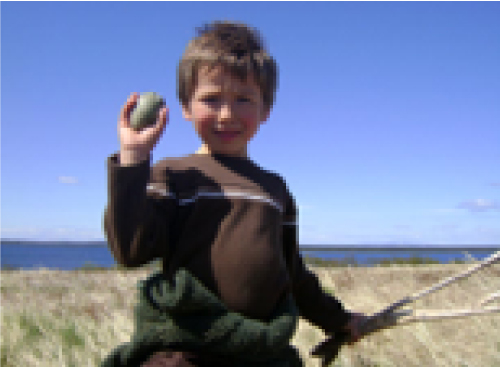Writing
Have students share a time they went egg hunting. Ask questions
to help drawing.
“How did you get to where the eggs were?” “Who was with you?” “Did you find any? What colors were the eggs?”
If students have not experienced egg hunting have them pretend. Ask them “Where would you go? How would you get there?”
Math
Set up two nests on a table and start by pretending with the plush gulls. Have the gulls swoop down and lay an egg in each nest. “Oh look what happened! How many eggs do we have?” “Yes! One egg in this nest and one egg in this nest. That makes two eggs!”
Have the gull fly around some more and lay another egg in one nest.
“Oh now look there’s another egg! How many eggs do we see in each nest now? Count 1..2! And in this nest there is still 1. Let’s count together and see how many in all! 1,2,3!” Continue to play and allow students to pretend to be the gull laying eggs and then counting them.
Another version of the game can be taking eggs away. If you have a predator animal (fox, bear, or use your classroom doll) have them come by and sneak an egg or two then count aloud again together. Allow students to take turns being the predator and sneaking away eggs. You can have students take guesses to how many eggs the predator took away.


